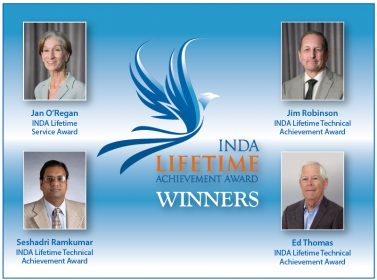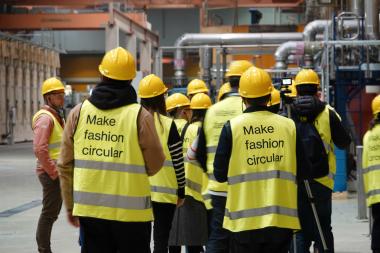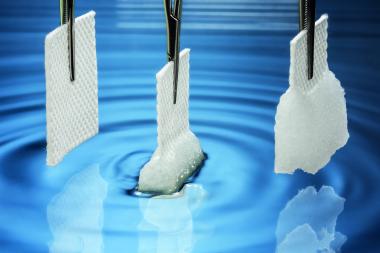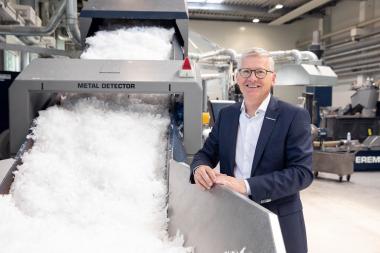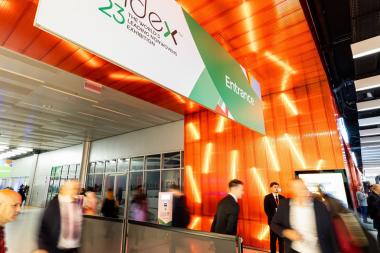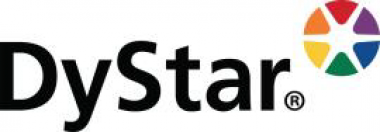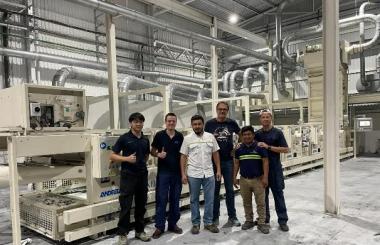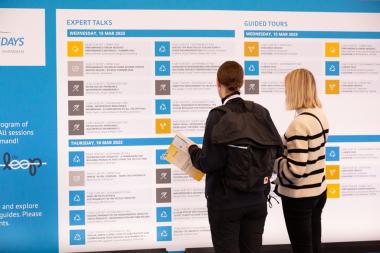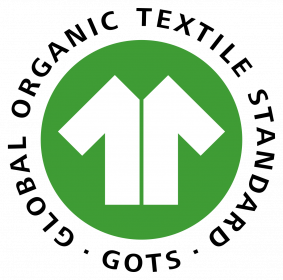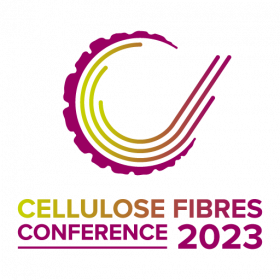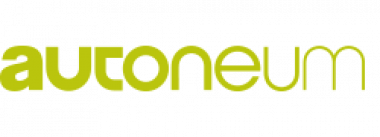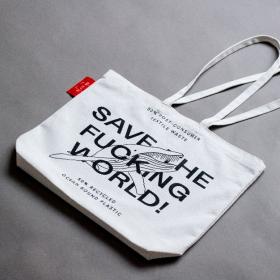adidas to release existing YEEZY product
adidas announced it will begin selling some of the remaining inventory of adidas YEEZY products, with an initial release end of May 2023. A significant amount will be donated to selected organizations working to combat discrimination and hate, including racism and antisemitism. These include but are not limited to the Anti-Defamation League (ADL) and the Philonise & Keeta Floyd Institute for Social Change.
The release will mark the first time that products have been available to consumers since adidas terminated the YEEZY partnership in October 2022. The products will be existing designs and designs initiated in 2022 for sale in 2023. Additional releases of existing inventory are currently under consideration, but timing is yet to be determined. Today’s announcement has no immediate impact on the company’s current financial guidance for 2023.
Since terminating the YEEZY partnership in October, adidas has been exploring multiple scenarios for the potential use of the existing YEEZY inventory. The process involved seeking feedback and listening to a diverse group of employees, organizations, communities, and consumers for how to responsibly manage the existing product. The company went ahead with already committed production orders after the partnership was terminated. This was done to help protect its supply chain partners from being negatively affected by cancellations.
adidas AG






